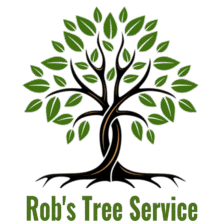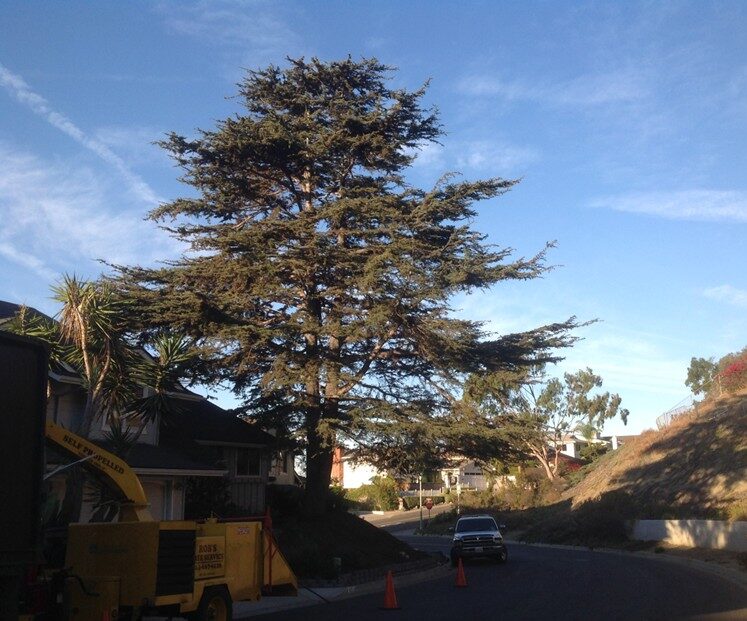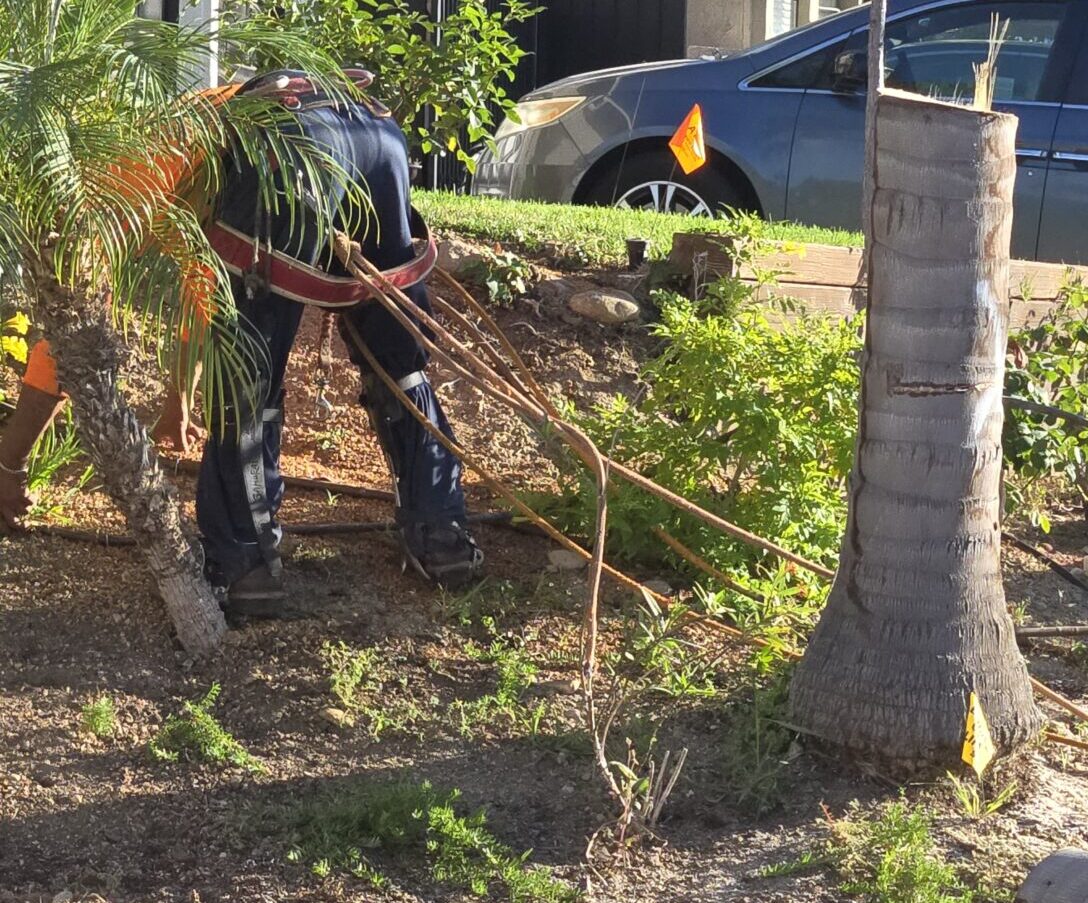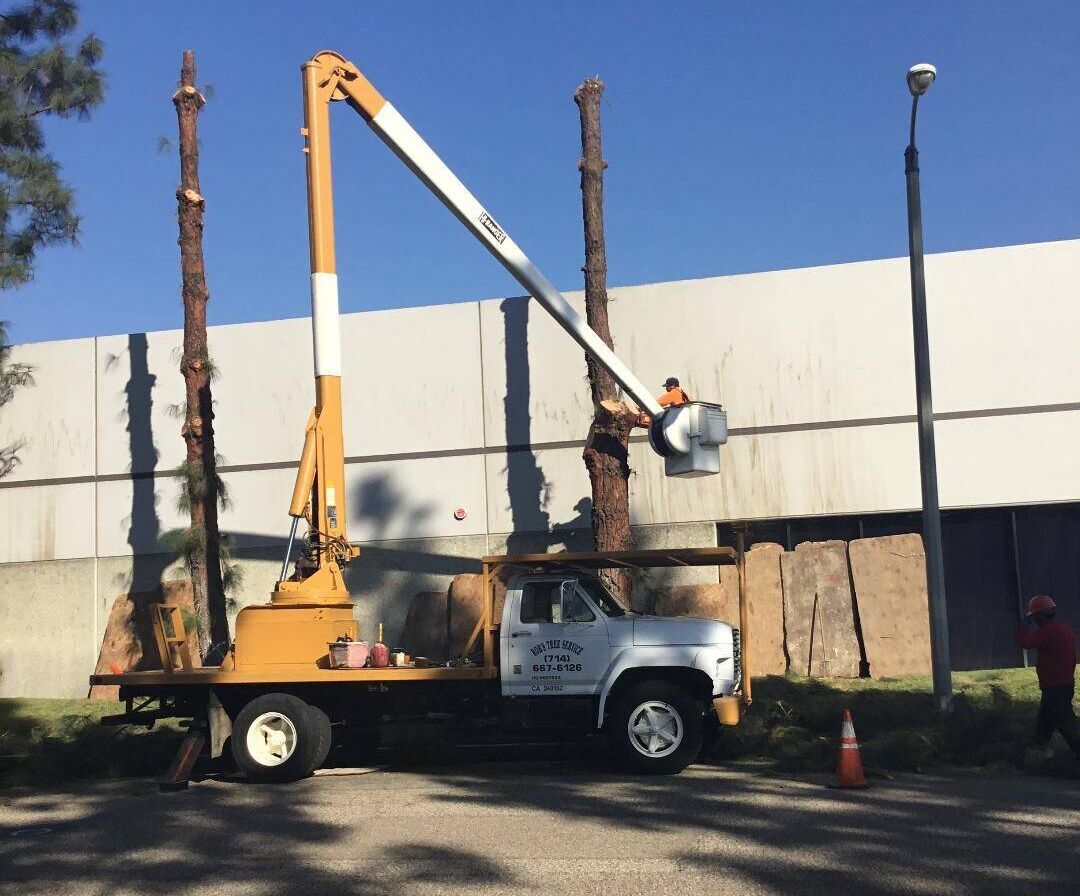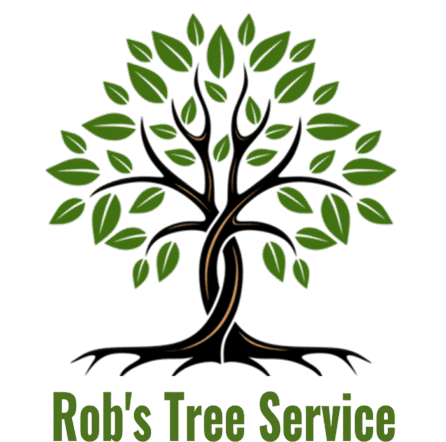Residential & Commercial Tree Removal Services
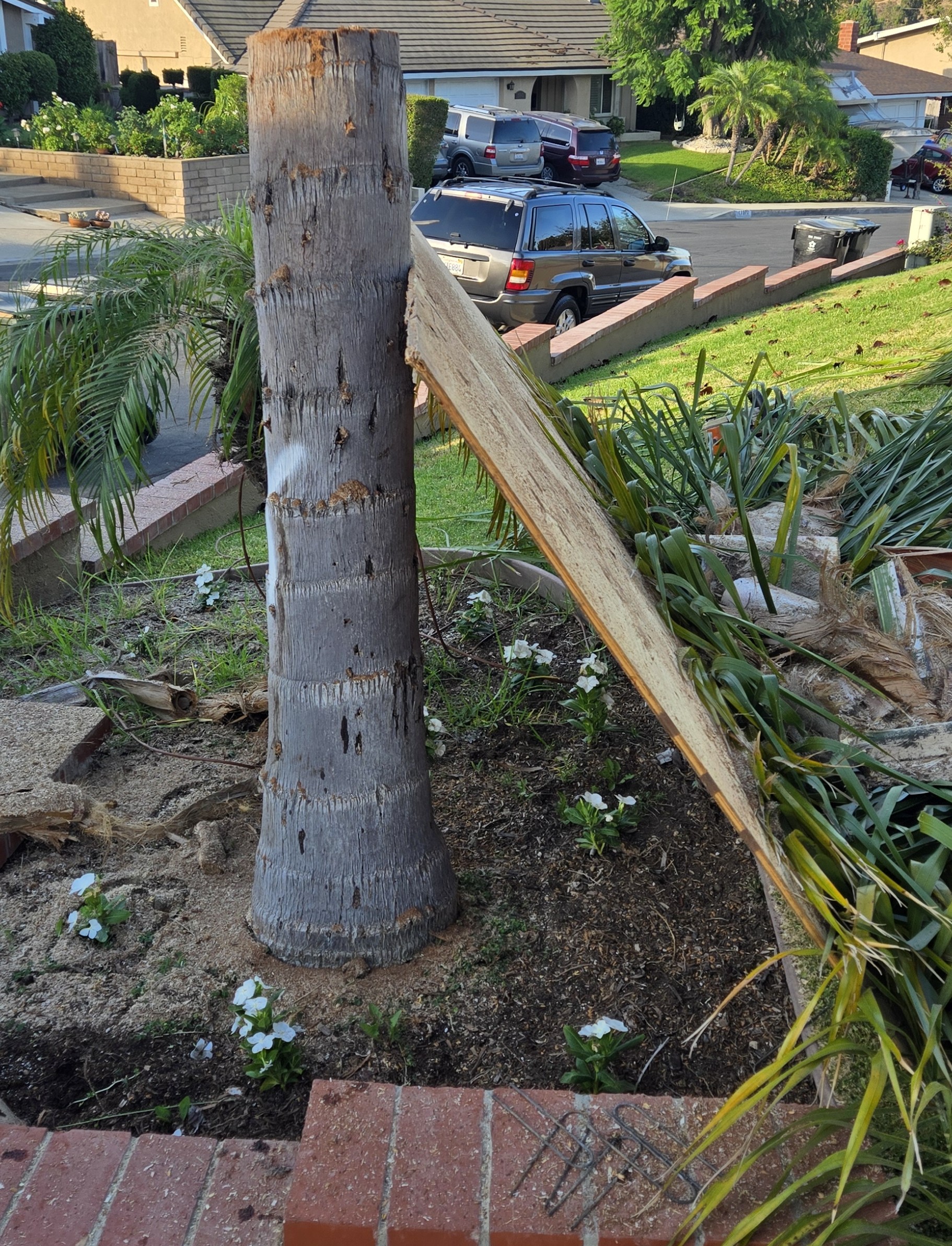
Most healthy and well-maintained trees require trimming every one to two years. However, dead or diseased branches should be removed immediately to prevent accidents and maintain the health of your trees. It takes experience to know when each tree is best suited for trimming, how extensively it should be trimmed, and how to shape it properly for healthy growth and maximum beauty. We’ll discuss your needs in detail when we examine your property and give you a quote.
Trees are often removed due to safety concerns, property damage risks, or to address unhealthy or undesirable conditions. Specific reasons include dead or dying trees, structurally unsound trees — such as those with significant leans or hollow trunks —trees that are too close to structures or power lines, or trees that are diseased and could spread infection. Additionally, trees may be removed for aesthetic reasons, such as blocking views or excessive shade.
Reasons for Tree Removal
A tree may need to be removed for safety reasons if it is dead, diseased, or damaged. Removal may also be necessary when a tree poses a risk to structures or interferes with other landscaping. For any tree removal, especially with hazardous trees, consulting a certified arborist is the safest course of action.
For Safety and Health
- Diseased or infested trees: Fungi or pests, like the emerald ash borer, can kill a tree and spread to others. Some diseases, such as Dutch elm disease, have no cure and require prompt removal.
- Dead or dying trees: A dead tree is brittle and prone to collapsing, making it an unpredictable hazard. Signs include no leaves during the growing season, peeling bark, and fungal growth.
- Storm-damaged trees: High winds, lightning strikes, and heavy snow can weaken a tree and leave it structurally unsound. A tree with more than 50% damage or a split trunk may need removal.
- Leaning trees: While a slight lean can be normal, a significant or new lean may indicate root damage and a high risk of falling.
- Compromised structure: Signs of internal decay include a hollow trunk, large cavities, and deep cracks in the trunk. Trees with a weak “V” or “Y” crotch where branches meet the trunk are also more likely to split.
- Root problems: Extensive root decay can destabilize a tree. Other issues include roots that lift up the surrounding ground or crack sidewalks, driveways, and building foundations.
For property and landscape Issues
- Too close to a structure: A tree planted too close to a house, deck, or barn can cause damage as it grows. Branches can rub against siding, and roots can disrupt foundations and utility lines.
- Interference with utilities: Trees growing too close to power lines or blocking sightlines for traffic are a hazard to public safety and infrastructure.
- Obstructing landscape projects: Removing a tree may be necessary to clear space for construction, a new garden, or other renovations.
- Blocking views or sunlight: A large, overgrown tree can block views and prevent a lawn or other plants from receiving enough sunlight.
- Messy trees: Some trees consistently drop troublesome debris, such as sap, nuts, or large quantities of leaves, creating a regular maintenance burden.
- Invasive species: Some tree species can outcompete native plants and disrupt the local ecosystem.
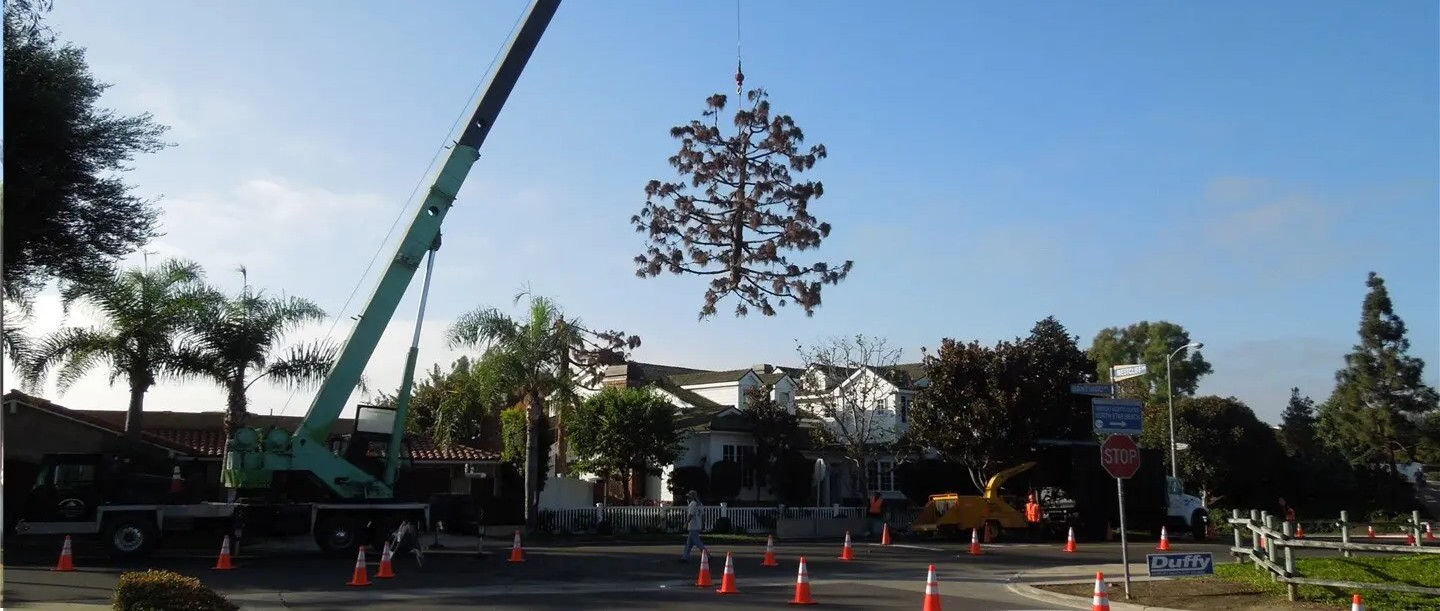
Tree Removal Benefits
Tree removal can offer several benefits, particularly when addressing problematic or potentially hazardous trees.
Property and safety protection
- Prevents property damage: Dead, dying, or structurally weak trees pose a significant hazard during severe weather. Falling branches or toppling trees can cause costly damage to your home, cars, power lines, and other structures. Removing these risks preemptively protects your assets and saves you money in the long run.
- Eliminates safety hazards: Professional removal of hazardous trees protects family, visitors, and pets from injury. This is especially important for trees with large dead limbs or unstable root systems.
- Reduces pest and disease spread: A decaying or diseased tree can become a breeding ground for pests like termites or carpenter ants, which can then infest other healthy trees or even your home. Removing the problem tree prevents the infestation from spreading.
Landscape and yard health
- Improves sunlight exposure: A large, dense tree canopy can block sunlight, hindering the growth of grass and other plants underneath. After removal, more sunlight can reach your lawn, promoting lush, even growth.
- Frees up soil nutrients: Trees compete with other plants for water and nutrients in the soil. Removing a large tree makes these resources more available for your remaining landscaping, fostering a healthier overall yard.
- Allows for new growth: Removing a tree that is overcrowding other plants allows them to flourish. The space can also be used for new plantings, a garden bed, or another landscape feature.
- Protects healthy trees: Removing an infected or stressed tree helps prevent the spread of harmful fungi and diseases to the rest of your landscape.
Other key benefits
- Increases curb appeal and property value: Dead, unhealthy, or awkwardly placed trees can make your yard look neglected and reduce your home’s aesthetic appeal. Removing them can improve your property’s visual appeal and value.
- Avoids complicated DIY risks: Professional tree removal is a difficult and dangerous job that requires specialized equipment, training, and experience. Experts are insured and have the knowledge to complete the job safely, without personal injury or costly mistakes.
- Includes complete cleanup: Professional services typically include removing all the branches, wood, and debris, leaving your yard clean and tidy. They may also offer stump grinding to fully clear the area.
Before Tree Removal & Stump Grinding, Call DigAlert
DigAlert, also known as Underground Service Alert of Southern California (USA/SC), is a free service that helps prevent damage to underground utilities during tree and stump removal. It facilitates communication between tree companies and underground facility owners by providing a centralized point of contact for notifying them about planned digging projects. By contacting DigAlert before digging, individuals can ensure that underground lines are marked, preventing potentially costly and dangerous accidents.
Here’s why DigAlert is crucial:
Preventing Damage to Underground Utilities
Safeguarding Essential Services: Beneath the ground, unseen, lies a complex network of gas lines, water lines, electricity cables, and communication lines. Accidentally striking these lines during excavation can cause severe service disruptions for communities and individuals.
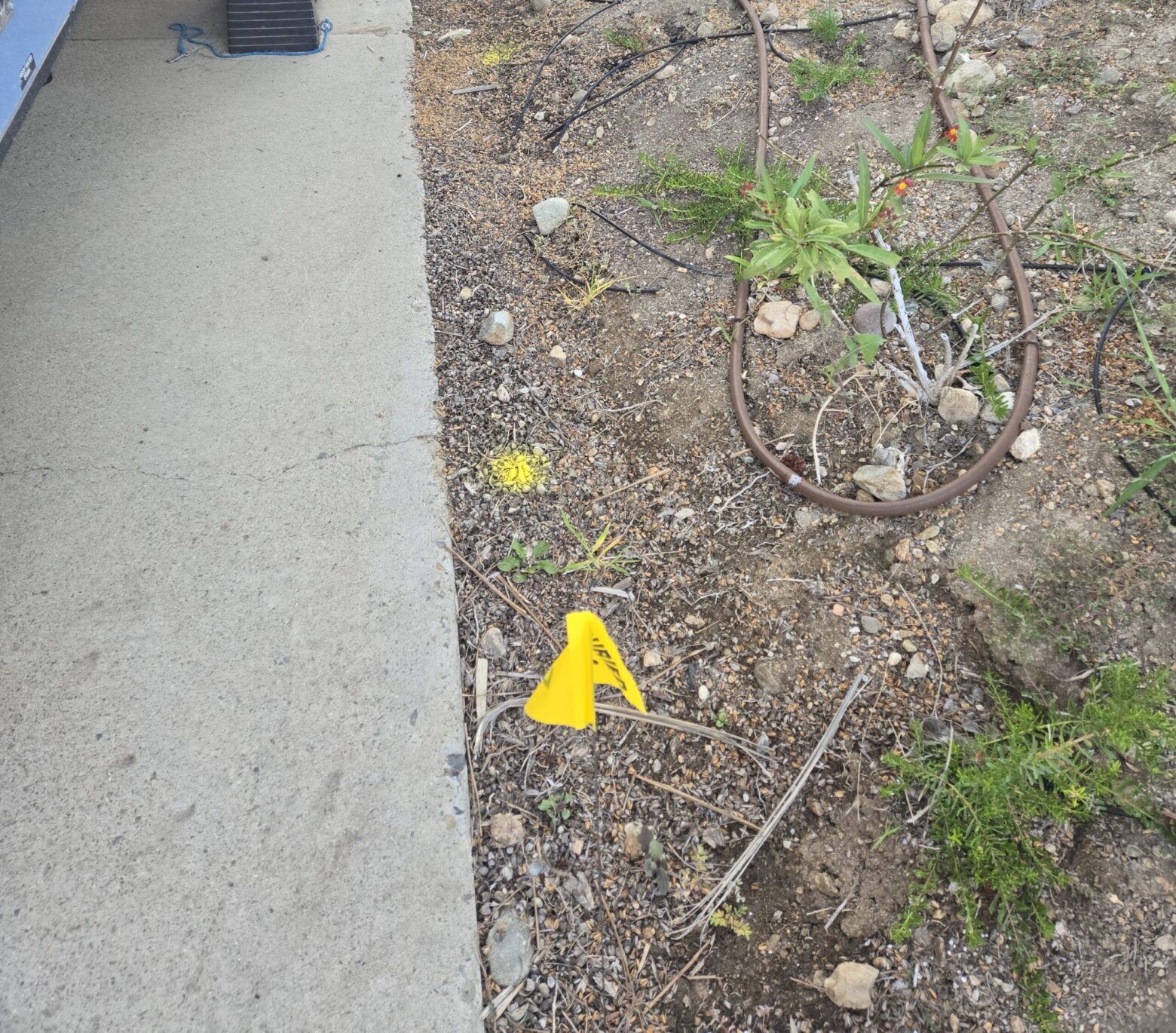
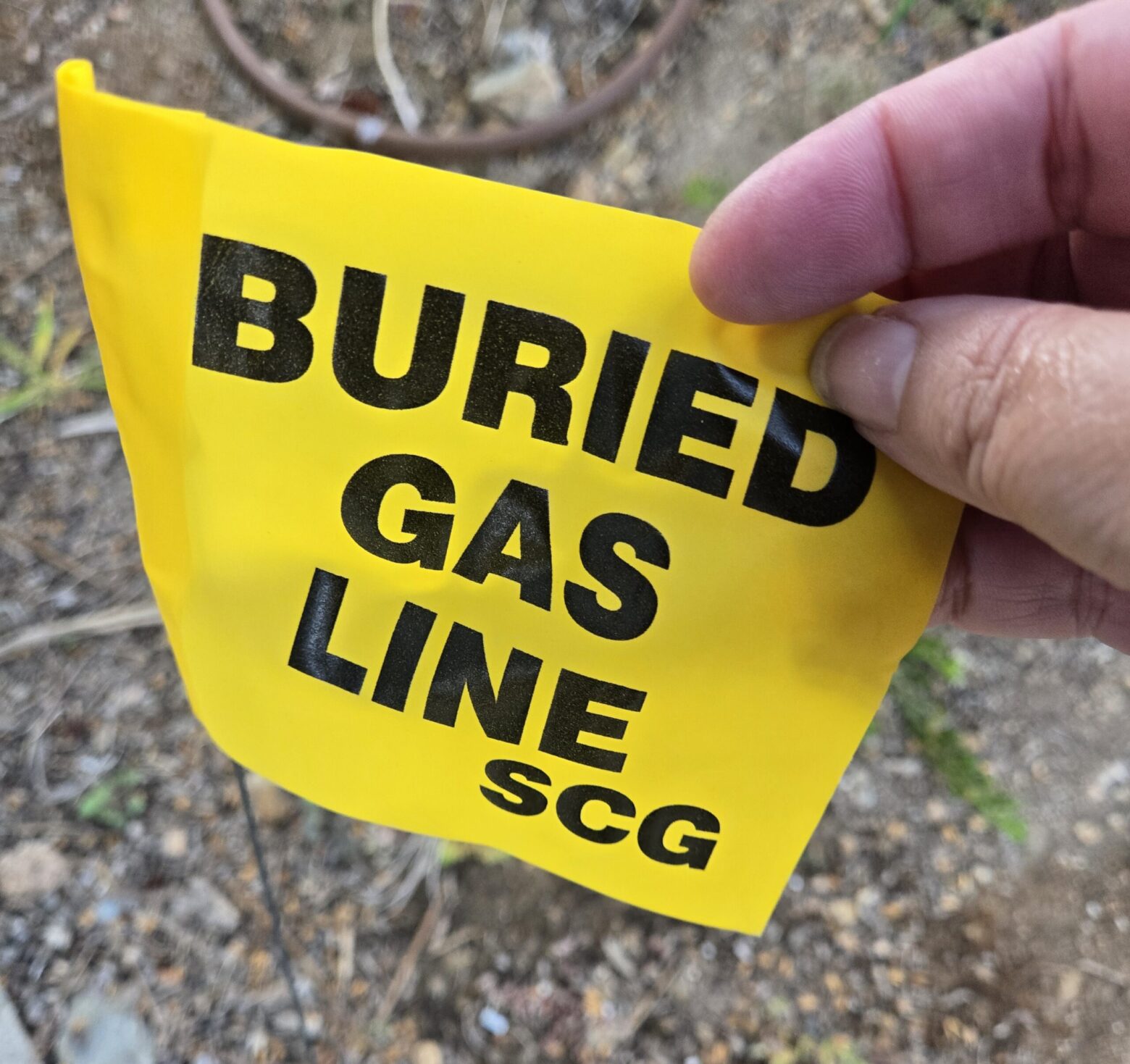
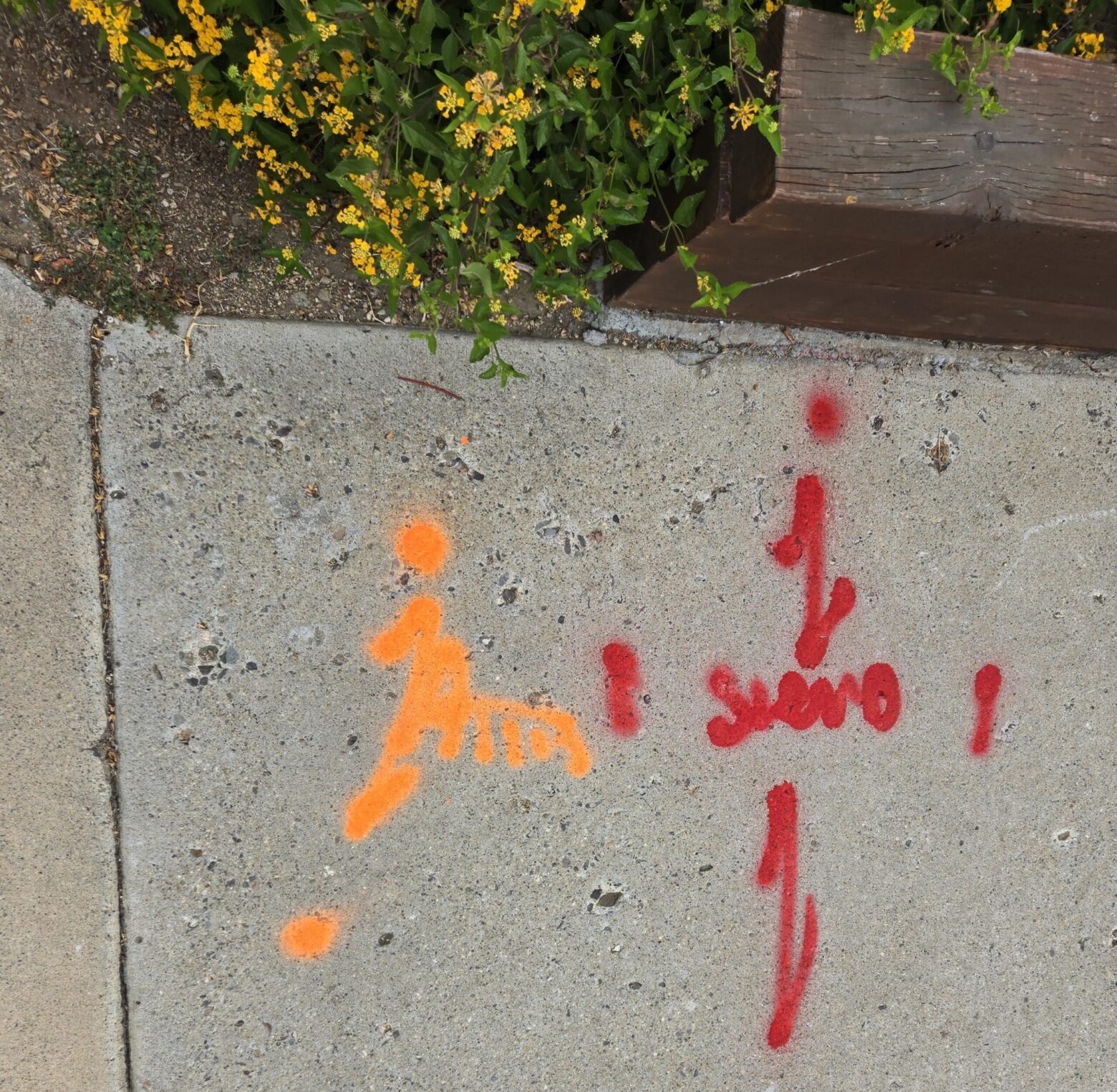
Avoiding Costly Repairs and Delays: Damage to utility lines, such as gas or fiber optic cables, can lead to substantial repair costs and project delays, impacting both personal finances and public infrastructure budgets.
Minimizing Environmental Impact: Hitting buried utilities can lead to environmental contamination or the release of hazardous materials, such as methane, which can have detrimental effects on air quality and public health. DigAlert helps to minimize these risks by identifying potential hazards beforehand and facilitating the implementation of safety measures.
Protecting Public Safety
Preventing Injuries and Fatalities: Damaging underground utilities can lead to severe injuries or even death due to explosions from striking gas lines or electrocutions from power lines. By providing information on the location of buried lines, DigAlert reduces the likelihood of such accidents, protecting both excavators and the public.
Reducing Risk of Property Damage: Hitting a utility line can also result in significant property damage, potentially impacting homes, businesses, and public infrastructure.
Legal Compliance and Accountability
California State Law: Contacting DigAlert before excavation is not merely a suggestion; it’s a requirement under California law. Failure to comply can result in substantial fines, up to fifty thousand dollars, and liability for repair costs if damage occurs.
Shared Responsibility: Both excavators and property owners share responsibility in ensuring safe digging practices. While contractors are legally responsible for submitting DigAlert requests, homeowners also have a role to play in confirming the process has been followed to avoid potential liability.
Efficiency and Expedited Projects
Saving Time and Resources: By providing accurate location information, DigAlert minimizes time spent searching for buried lines during excavation.
Streamlining the Process: The DigAlert system facilitates efficient communication between excavators and utility owners, simplifying the process of obtaining utility locations before projects commence.
Rob’s Tree Service, A Full-Service Tree Service Company
With over 50 years of experience in the tree industry, you can trust that our certified arborists will work with you to ensure the safety of your home, business, and the public.
Rob’s Tree Service, A Full-Service Tree Service Company
With over 50 years of experience in the tree industry, you can trust that our certified arborists will work with you to ensure the safety of your home, business, and the public.
Call us at (714) 694-2011
Or Send Us an Email
Rob’s Tree Service, Trimming – Yorba Linda, Orange County, CA
